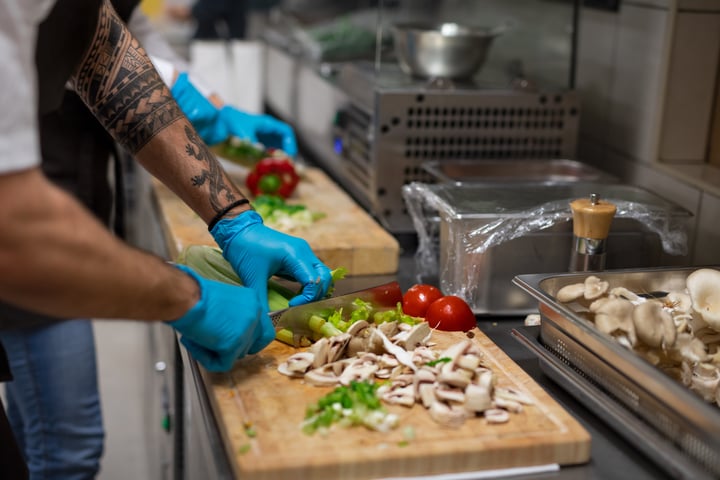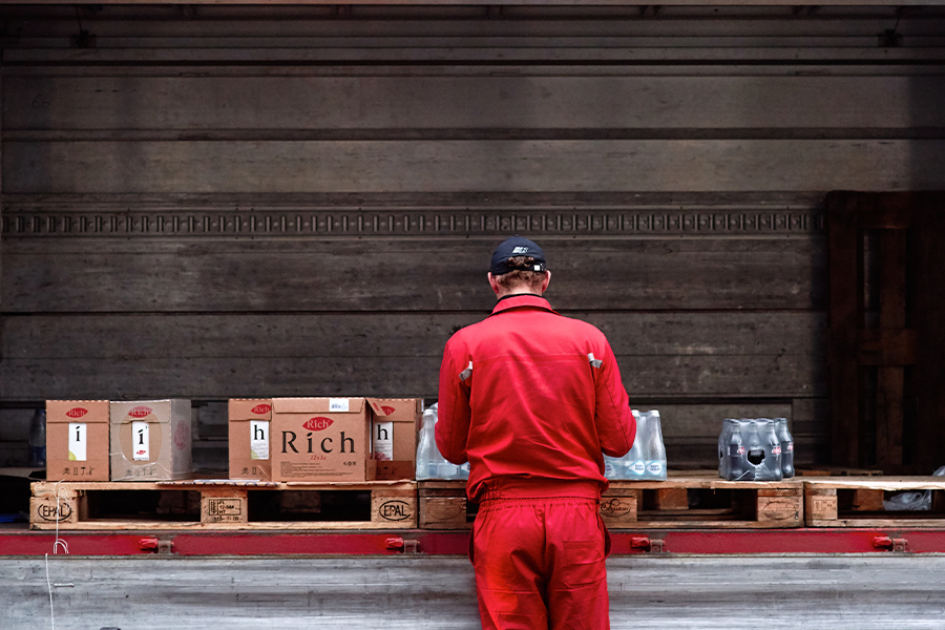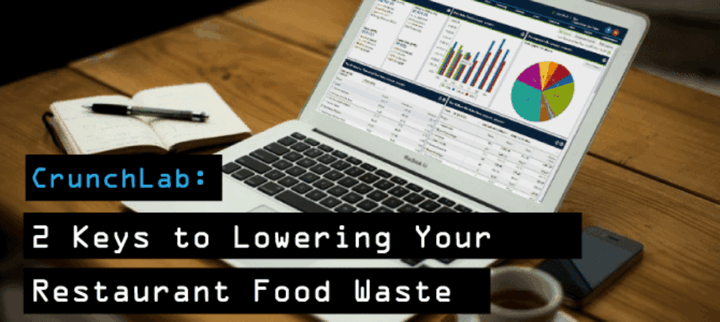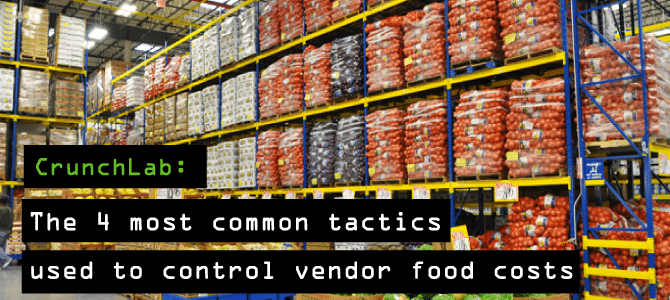
- Home
- Crunchtime Blog
- Restaurant food costs continue to rise. What can you do about it?

Restaurant food costs continue to rise. What can you do about it?
It's 2021 and your food costs are still rising faster than usual. What can you do about it?
We all know that 2020 was an awful year for most restaurants. Now 2021 doesn't appear to offer any let-up in the near term. Until we get vaccines out in force and we achieve "herd immunity", restaurants have to continue to be mindful of every cent to try to remain profitable.
Meanwhile, thousands of food vendors across the country are having to raise their prices to keep their businesses going as their expenses are rising. It's important your operation has the tools required to monitor inventory costs and stop locations from overspending.
One of the most useful reports your back office solution generates is the Actual vs. Theoretical Food Cost Variance Report.
This report not only compares your actual food costs against your ideal food costs for any given time period, it also troubleshoots food costs across all of your locations, too. Your Actual vs. Theoretical (AvT) report helps make sure you're optimizing your inventory and keeps your food operations running profitably.
Here's how the AvT report works...
The Theoretical Food Cost Calculation:
You first need to understand your ideal food costs. Follow these steps to perform the following calculation for each menu item:
- Add the amount paid for each ingredient.
- Then add the amount of each ingredient in each recipe.
- Then multiply the Menu Mix which is the number of products sold.
Bacon Burger example:
1 hamburger patty at .30 cents
1 hamburger bun at .10 cents
1 slice of bacon at .10 cents total
Overall cost is (.30 + .10 + .10), or .50 cents to produce each bacon burger. When the restaurant sells 200 bacon burgers, your theoretical food cost is $100.
Calculating The Actual Food Cost:
Now, perform the following calculation to determine your actual cost:
- Inventory values at the beginning of week (+)
other purchases of inventory (–)
inventory values at the end of the week (=)
Actual Food Cost
Bacon Burger example:
The bacon burger recipe inventory value at the beginning of the week = $180
Recipe purchases throughout the week = $70
Recipe inventory values at the end of the week = $185
So, the Actual food cost for the bacon burgers is ($180 + $70 – $195) = $55
How To Measure Actual Food Cost vs. Theoretical Food Cost to Find Any Excessive Spending:
Actual Food Cost – Theoretical Food Cost = Variance
When you compare the Actual and Theoretical costs in the example above, the restaurant spent $20 more on food than it should have. In other words, the food cost variance was $20, which is an excess in spending.
Next, let’s use the available reporting tools to locate and eradicate any source(s) of excess cost. Was it the hamburger patty, the bun or the bacon that contributed to the excess cost resulting in lost profits? Perhaps it was the combination of the three ingredients? For the best results, you will want to locate the root cause of the loss, and then fix it.
Measure More, Learn More
Your back office solution enables the entire operation to use cost saving techniques like AvT for managing food costs.
Check out this infographic about AvT.
If you want to learn more, reach out to us here.
Share this post
Related


Two Keys to Lowering Restaurant Food Waste

